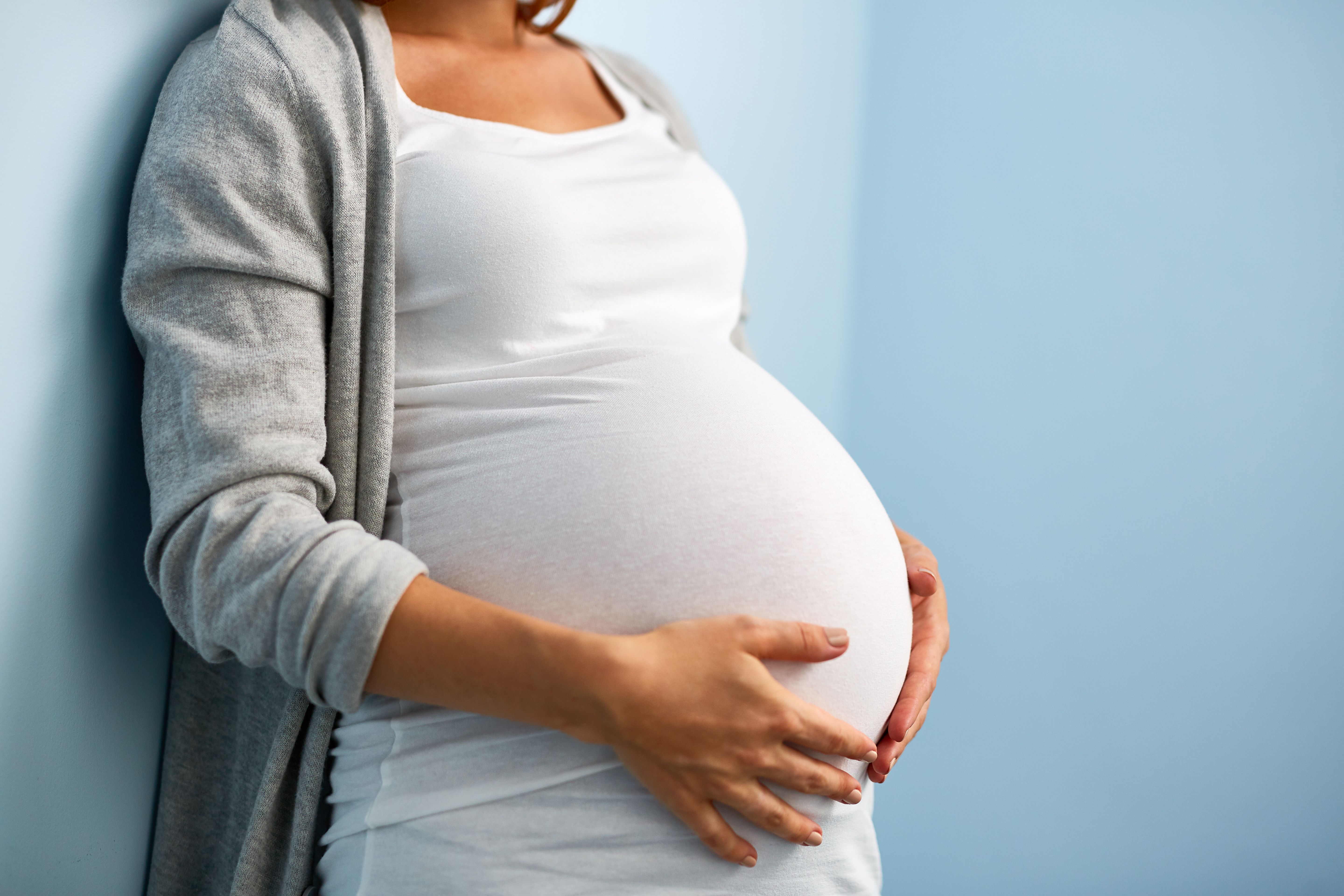Uterine fibroids linked to increased risks of pregnancy complications
A recent analysis highlights the heightened risk of adverse pregnancy outcomes, including preterm delivery and cesarean sections, among women with uterine fibroids.
Uterine fibroids linked to increased risks of pregnancy complications | Image Credit: © pressmaster - © pressmaster - stock.adobe.com.

There is an increased risk of adverse pregnancy and obstetric outcomes among patients with uterine fibroids (UFs), according to a recent study published in BMC Pregnancy and Childbirth.1
Approximately 1% to 10% of reproductive-aged women are impacted by UFs, with similar rates reported in pregnant women. This rate is likely to increase as more women delay childbearing. Additionally, the etiology of UFs remains unclear, making management difficult.2
Currently, data evaluating the impact of UFs on pregnancy and obstetric outcomes remains inconsistent.1 These outcomes include preterm delivery, cesarean delivery, placenta previa, preterm premature rupture of membrane (PPROM), breech presentation, postpartum hemorrhage (PPH), and intrauterine growth retardation (IUGR).
Investigators conducted a study to evaluate the impact of UFs on pregnancy and obstetric outcomes. The PubMed, Embase, Web of Science, ClinicalTrials.gov, China National Knowledge Infrastructure, and SinoMed databases were searched for articles published from inception to January 15, 2023.
Randomized controlled trials (RCTs), cohort studies, case-control studies, and comparative trials evaluating the link between UFs and pregnancy or obstetric outcomes were eligible for inclusion. Relevant data included study information, sociodemographic and clinical characteristics, and outcome measures.
This data was extracted by 2 independent investigators. Subgroup analyses were performed to evaluate differences in outcomes based on uterine fibroid size.
There were 24 studies included in the final analysis, all utilizing a retrospective cohort design. Of studies, 17 were performed in China, 5 in the United States, 1 in Italy, and 1 in France.
There were 237,509 participants included in the trials, 10,560 of whom were cases with UFs and 226,949 were controls. Women with UFs were more often older, smokers, drinkers, with an increased body mass index, and with a history of diabetes mellitus or chronic hypertension than those without UFs.
Across 21 studies, preterm birth had a prevalence of 12.85% in pregnant patients with UFs vs 9.43% among those without UFs. This indicated an increased risk, with a relative risk (RR) of 1.72. These studies had significant heterogeneity.
Eighteen studies evaluated cesarean delivery, finding a 60.72% rate among fibroid patients vs 39.03% among no fibroid patients. Significant heterogeneity was found, and the RR of 1.95 highlighted an increase in risk. Similar results were reported for placenta previa, at 2.48% in fibroid patients, 0.98% in no fibroid patients, and an RR of 2.99.
Miscarriage had a rate of 13.42% for UF patients and 2.84% for no UF patients, with significant heterogeneity and an RR of 4.51. For PPROM, rates were 9.65% and 9.53%, respectively, and the RR was 1.37.
Placenta abruption was studied in 14 studies, with a rate of 6.28% in UF patients, 5.51% in no UF patients, and an RR of 1.85. Heterogeneity was not significant across studies. However, the 13 studies evaluating PPH had significant heterogeneity, with rates of 10.10% and 3.96%, respectively, and an RR of 3.52.
Fetal distress was evaluated in 16 studies, with rates of 11.47 and 4.68% in patients with and without UFs, respectively. The RR was 3.61, indicating a significant increase in risk. Significant heterogeneity was also reported.
Low birth weight was also more likely in infants of patients with UFs than those without UFs, with rates of 11.53% and 10.40%, respectively. The RR across 8 studies with significant heterogeneity was 1.72. For breech presentation, rates were 8.30% and 3.70%, respectively, and the RR was 2.26.
IUGR was reported in 6 studies. Rates were 10.69% in the fibroid group and 12.97% in the no fibroid group. No increased risk was reported, with an RR of 1.25.
During subgroup analyses based on fibroid size, the risk of adverse outcomes was significantly increased by the presence of large fibroids. RRs were 1.50 for breech presentation, 5.04 for placenta previa, and 1.62 for PPH when compared to small fibroids.
These results indicated increased risks of adverse pregnancy and obstetric outcomes among patients with UFs. Investigators concluded these characteristics are correlated to each other, and risks are further increased by large fibroid size.
References
- Li H, Hu Z, Fan Y, Hao Y. The influence of uterine fibroids on adverse outcomes in pregnant women: a meta-analysis. BMC Pregnancy and Childbirth. 2024;24:345. doi:10.1186/s12884-024-06545-5
- Islam MS, Greco S, Janjusevic M, et al. Growth factors and pathogenesis. Best Pract Res Clin Obstet Gynecol. 2016;34:25–36.
Pap Talk S4E4: RFA and uterine fibroids with Dr. Jessica Shepherd
March 30th 2022In this episode of Pap Talk, Jessica Shepherd, MD, MBA, FACOG, deep dives into the benefits of utilizing radio frequency ablation (RFA) for treatment of uterine fibroids, available RFA devices, and disparities in the condition.
Listen
Physician-patient collaboration for uterine fibroid treatment options
May 12th 2021Contemporary OB/GYN®’s senior editor Angie DeRosa sat down with Ayman Al-Hendy, MD, and Sateria Venable of The Fibroid Foundation, to discuss the role of patient-physician collaboration in uterine fibroid treatment and management options.
Listen
